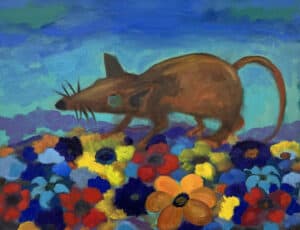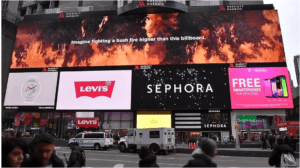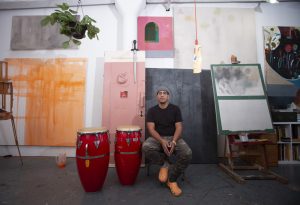
January 15 – February 8, 2009 Opening Reception Thursday, January 15, 6-8 pm
Aicon Gallery New York is pleased to present a solo show of recent works by one of India’s great modern masters, Jehangir Sabavala. The exhibition, which travels to Aicon’s New York gallery from an earlier showing at Aicon Gallery in London, presents a selection of works created over the last two years by the celebrated painter,demonstrating the arc of his career from the early 1950s until now. While rooted in the Indian modernist tradition, Sabavala’s recent work reveals new themes and muses, and provides insight
into his influence on the current generation of artists.
Rising to prominence in the 1950s, Sabavala was one of the first Indian artists to become widely known outside the subcontinent, and in 1954, his work was included in the Venice Biennale, an honor rarely bestowed on Asian artists at that time. Along with M.F. Husain and the late F.N. Souza, Sabavala was part of a pioneering group of artists who explored modernist painting techniques. By the mid-1960s, inspired by the altered perspectives and plays on light in both Impressionist and Cubist art, he had developed a distinct style that utilized geometric wedges of transparent paint to build up forms in landscapes, figurative work, and more recently, city scenes.
Preferring to work in veiled, muted tones rather than pure colors, Sabavala’a work expresses the artist’s affinity to nature and classical influences. Wedges of color overlap to give his canvases an illusionary sense of depth that also reveals his mastery of texture on the painted surface. Far from sentimental, Sabavala’s paintings express the magnitude and raw beauty of nature and humankind’s insignificance in comparison to it.
In recent work, the figure has emerged as a prominent element. Among the works on view at Aicon Gallery is In the Casbah, 2007, a large oil painting depicting three women, shapeless and anonymous in cloaks and veils, who stand in the foreground of a narrow city streetscape.
Geometric planes of soft earth tones project and recede, suggesting both the solidity of the figures
as well as evoking movement and natural light.







